Typically, Swat’s weather exhibits a temperature range that fluctuates between 10°C (50°F) and 15°C (59°F), owing to its diverse topography. For instance, in the summer, downtown Swat, including Mingora, may experience temperatures soaring to approximately 35°C (95°F), while the upper regions, encompassing Kalam, & Malam Jabba, tend to maintain a more moderate climate with temperatures around 20°C (68°F).
Swat’s weather typically includes mild and clear conditions, intermittently interrupted by snowfall and heatwaves in the lower regions. In contrast, the higher elevations primarily encounter cold temperatures with snowfall, yet remarkably provide a pleasant climate during the summer months.
Table of Contents
Comparison of Swat’s Weather
This table provides a comprehensive comparison of weather conditions and seasonal variations in different locations within Swat Valley.
| Season | Location | Daytime Temperature (°C) | Nighttime Temperature (°C) | Daytime Temperature (°F) | Nighttime Temperature (°F) |
|---|---|---|---|---|---|
| Spring | Mingora Swat | 20°C – 25°C | 10°C – 15°C | 68°F – 77°F | 50°F – 59°F |
| Saidu Sharif | 20°C – 25°C | 10°C – 15°C | 68°F – 77°F | 50°F – 59°F | |
| Kalam | 15°C – 20°C | 5°C – 10°C | 59°F – 68°F | 41°F – 50°F | |
| Malam Jabba | 15°C – 20°C | 5°C – 10°C | 59°F – 68°F | 41°F – 50°F | |
| Summer | Mingora Swat | 25°C – 35°C | 15°C – 20°C | 77°F – 95°F | 59°F – 68°F |
| Saidu Sharif | 25°C – 35°C | 15°C – 20°C | 77°F – 95°F | 59°F – 68°F | |
| Kalam | 15°C – 25°C | 5°C – 10°C | 59°F – 77°F | 41°F – 50°F | |
| Malam Jabba | 15°C – 25°C | 5°C – 10°C | 59°F – 77°F | 41°F – 50°F | |
| Autumn | Mingora Swat | 20°C – 25°C | 10°C – 15°C | 68°F – 77°F | 50°F – 59°F |
| Saidu Sharif | 20°C – 25°C | 10°C – 15°C | 68°F – 77°F | 50°F – 59°F | |
| Kalam | 15°C – 20°C | 5°C – 10°C | 59°F – 68°F | 41°F – 50°F | |
| Malam Jabba | 15°C – 20°C | 5°C – 10°C | 59°F – 68°F | 41°F – 50°F | |
| Winter | Mingora Swat | 10°C – 15°C | 0°C – 5°C | 50°F – 59°F | 32°F – 41°F |
| Saidu Sharif | 10°C – 15°C | 0°C – 5°C | 50°F – 59°F | 32°F – 41°F | |
| Kalam | 5°C – 10°C | Below freezing | 41°F – 50°F | Below freezing | |
| Malam Jabba | 5°C – 10°C | Below freezing | 41°F – 50°F | Below freezing |
Swat Weather in Spring
During spring, Swat Valley experiences a rejuvenating transformation from the coolness of winter to the warmth of impending summer. The weather in this season is generally mild and pleasant, making it an excellent time to enjoy the natural beauty of the region.
Temperature in Spring:
During the spring season (March to May) in Swat, the weather is characterized by mild and pleasant conditions. In Kalam and Malam Jabba, from March to May, expect daytime temperatures ranging from 15°C to 20°C (59°F to 68°F), with cooler nights around 5°C to 10°C (41°F to 50°F) or lower. During the same period, Mingora experiences milder daytime temperatures of 20°C to 25°C (68°F to 77°F), accompanied by nights averaging 10°C to 15°C (50°F to 59°F).
Rainfall: Spring brings occasional rainfall to Swat Valley, especially in April and May. These showers contribute to the lush greenery and blooming flowers that characterize the landscape.
Landscape: Swat’s spring landscape comes to life with the emergence of blooming flowers and lush greenery. This natural beauty sets the stage for outdoor adventures and sightseeing, making it an inviting season to explore the region’s charm.
Tourism: Spring is a favored season for tourists to visit Swat Valley due to its comfortable weather and the opportunity to witness the natural beauty in full bloom. It’s an ideal time for outdoor activities, including hiking and sightseeing.
Cultural Significance: The spring season is also significant in local culture, often marked by festivals and events that celebrate the changing season and local traditions.
Swat Weather in Summer
During the summer (June to August), Swat Valley experiences relatively warm temperatures, offering a diverse range of conditions across its various areas.
Temperature in Summer:
During the summer months (June to August) in Swat, the weather varies across. In Malam Jabba and Kalam, during June to August, you can anticipate daytime temperatures averaging 15°C to 25°C (59°F to 77°F), with nights dropping to 5°C to 10°C (41°F to 50°F) or lower. Throughout the same months, Mingora sees warmer days of 25°C to 35°C (77°F to 95°F), with relatively milder nights around 15°C to 20°C (59°F to 68°F).
Monsoon Rainfall: Swat Valley experiences a monsoon season during the summer, particularly from July to September. This period brings moderate to heavy rainfall, contributing to the region’s lush landscapes.
Landscape: Swat’s summer landscape is a captivating spectacle of lush greenery, blooming flowers, snow-capped peaks, and lively water bodies. This vibrant backdrop sets the scene for a range of outdoor activities like hiking and camping, offering an unforgettable experience to visitors seeking to connect with nature’s beauty.
Tourism: While summer is a popular time for tourism due to school vacations, the monsoon rains might limit certain outdoor activities. However, this is also the time when the valley is at its most vibrant.
Cultural Festivals: Summer often hosts local festivals and events, showcasing the cultural richness of the region.
Swat Weather in Autumn
In autumn (September to November), Swat Valley experiences a pleasant transition from the warmth of summer to the crispness of winter.
Temperature in Autumn:
During the autumn months (September to November) in Swat, the weather transitions to a pleasant and comfortable state. From September to November, Kalam and Malam Jabba experiences daytime temperatures of about 15°C to 20°C (59°F to 68°F), with nights falling to 5°C to 10°C (41°F to 50°F) or lower. During this period, Mingora offers milder days ranging from 20°C to 25°C (68°F to 77°F), accompanied by nights averaging 10°C to 15°C (50°F to 59°F).
Precipitation: Autumn in Swat Valley is generally a dry season, with lower chances of rainfall compared to the monsoon months of summer. This results in clear skies and comfortable weather conditions.
Foliage: One of the highlights of autumn in Swat is the changing colors of the leaves. The landscape becomes adorned with hues of red, orange, and gold as the trees prepare for winter. Swat’s autumn landscape is characterized by changing foliage colors and a serene ambiance. The moderate temperatures provide a comfortable environment for outdoor activities and exploration. The scenic beauty of this season, with its vibrant colors, makes it an ideal time to immerse oneself in the natural wonders of the region.
Tourism: Autumn is a favored time for tourists to visit Swat Valley due to the comfortable weather and the stunning display of autumn foliage. It’s an excellent time for outdoor activities, hiking, and sightseeing.
Harvest Festivals: Autumn is often associated with harvest festivals and local celebrations that showcase the region’s cultural heritage.
Swat Weather in Winter
During the winter (December to February), Swat Valley experiences cold temperatures and often sees snowfall, creating a picturesque winter wonderland.
Temperature in Winter:
During the winter months (December to February) in Swat, the weather takes on a colder and crisper character. In Malam Jabba and Kalam, from December to February, expect daytime temperatures of around 5°C to 10°C (41°F to 50°F), with significantly colder nights likely dropping below freezing. During these months, Mingora’s daytime temperatures hover around 10°C to 15°C (50°F to 59°F), with nights dropping to 0°C to 5°C (32°F to 41°F).
Snowfall: Swat Valley is known for its snow-covered landscapes during the winter. Higher elevations, particularly places like Kalam, receive significant snowfall, making it a popular destination for winter sports enthusiasts.
Landscape: Swat’s winter landscape embraces a cooler atmosphere, with snow-capped peaks creating a picturesque contrast against the surroundings. While daytime temperatures are cooler, the nights can be quite chilly. This season offers a unique charm, especially for those who appreciate colder climates and the serene beauty of snow-covered landscapes.
Tourism: Winter in Swat attracts visitors who want to experience the beauty of snow-clad landscapes and engage in activities such as skiing and snowboarding. The serene atmosphere and stunning views make it a unique and appealing time for tourism.
Indoor Activities: Due to the colder temperatures, many outdoor activities might be limited. However, this is an opportunity to explore indoor attractions, local culture, and experience the warmth of local hospitality.
Clothing: It’s important to dress warmly with appropriate winter clothing, especially in the higher elevations, to stay comfortable in the colder weather.
Swat Weather in Monsoon
During the monsoon season (July to September), which typically spans from July to September, Swat Valley experiences a significant increase in rainfall, bringing lush greenery and a refreshing change to the landscape.
Rainfall: Monsoon rains in Swat Valley are moderate to heavy, particularly in July and August. These rains contribute to the region’s vibrant vegetation and create picturesque waterfalls and streams.
Temperature in Monsoon: Despite the rainfall, temperatures remain relatively warm. Daytime temperatures can range from around 20°C to 30°C (68°F to 86°F) in the lower areas like Mingora. In the higher elevations like Kalam, temperatures might be cooler, ranging from approximately 15°C to 25°C (59°F to 77°F).
Landscape: The monsoon rains bring the valley to life, resulting in lush green landscapes and blooming flowers. The waterfalls and streams that form due to the increased rainfall add to the scenic beauty.
Tourism: Monsoon season can still attract tourists who want to experience the unique charm of Swat Valley in its rainy splendor. It’s a great time for nature enthusiasts and photographers to capture the picturesque scenes.
Cautions: While the monsoon rains enhance the beauty of the valley, they can also lead to temporary road closures, landslides, and flooding in some areas. It’s important to stay informed about weather conditions and road closures if you’re planning to travel during this time.
Swat Temperature Variation
The temperature in lower Swat during summer can rise as high as 35°C (95°F) and drop to below -10°C (14°F) on cold winter nights.
In winter, Swat’s weather can be harsh, frequently falling below freezing during cold nights. The average daily temperature in winter for lower Swat is 7.6°C (45.7°F), and it’s 1.5°C (34.7°F) in the upper Swat regions.
Moreover, temperatures in upper Swat areas like Malam Jabba, Kalam, or other elevated regions with snow-capped mountains and glaciers can plummet below -25°C (-13°F) during extreme winter conditions.
Based on past weather forecasts, it’s evident that weather in upper Swat is more unpredictable, often characterized by snow, wind, rain, and harsh conditions.
Snowfall Season in Swat
Swat Valley in Pakistan is known for its significant snowfall during the winter months, particularly in the higher elevations. Here’s an overview of snowfall in Swat:
Winter Snowfall: Winter in Swat, from December to February, brings substantial snowfall to the region, especially in places like Kalam, Malam Jabba, and other higher-altitude areas. These areas transform into winter wonderlands with snow-covered landscapes, making them popular destinations for winter sports enthusiasts and tourists.
Amount of Snowfall: The average number of days with snow falling in Swat ranges from 15 to 30 days. However, the peaks and mountains of the highlands experience around 100 days of snowfall. Some of the high-peak mountains in the upper Swat region are covered with snow year-round, for 365 days a year.
The amount of snowfall can vary from year to year, but it’s not uncommon for some areas to receive several feet of snow, particularly in the upper regions. In places like Malam Jabba, the accumulation of snow allows for skiing and other winter activities.
Impact: Snowfall affects daily life and travel in the region. Roads and transportation can be disrupted due to heavy snowfall, and some areas might experience power outages. However, the snow also contributes to the region’s water supply and adds to the beauty of Swat’s natural scenery.
Caution: Heavy snowfall in Swat and icy weather conditions can lead to hazardous driving situations during the winter months. Black ice can form on roadways, creating a nearly invisible hazard. As temperatures hover around freezing, icy conditions are more likely to develop, particularly on roadways at higher elevations, as well as on bridges and overpasses.
It’s advisable to avoid driving in severe weather conditions, especially during heavy snowfall, unless it’s absolutely necessary. However, if you find yourself needing to drive, it’s important to ensure both you and your vehicle are adequately prepared. Here’s how to make sure you’re as prepared as possible and what steps to take if you’re caught in challenging weather in Swat Valley.
Tourism: Swat’s snowy landscapes attract both locals and tourists who want to experience the serene charm of winter. The snow-covered hills and forests offer a unique opportunity for activities like skiing, snowboarding, and snowshoeing.
Overall, snowfall is a significant feature of Swat’s winter, creating a breathtaking winter landscape and providing opportunities for winter sports and outdoor activities.
Tips for Driving in Snowy Conditions in Swat
Driving in snowy conditions requires caution and preparation. Slow down, increase following distance, and make smooth movements to avoid skidding. Use brakes wisely, watch for black ice, and maintain visibility by keeping headlights on.
Clear your vehicle of snow, avoid cruise control, and stay informed about weather and road conditions. Carry an emergency kit, stay calm if you skid, and be patient in slow traffic. Safety comes first; if conditions are too hazardous, it’s better to wait for improvement or find a safe place to stop.
Tips for Swat’s Cold Climates
When traveling in Swat’s cold climate, it’s essential to prepare adequately. Wear layered clothing, pack warm accessories, and choose appropriate footwear for the varying temperatures. Stay hydrated, use sun protection, and remain active to combat the cold. Carry emergency supplies, check weather updates, and respect local customs.
Ensure accommodations have heating, be ready for shorter daylight hours, and understand cold-related health risks. Stay connected, anticipate travel delays due to weather, and follow these tailored tips to make the most of your trip while staying safe and comfortable in Swat’s chilly weather.

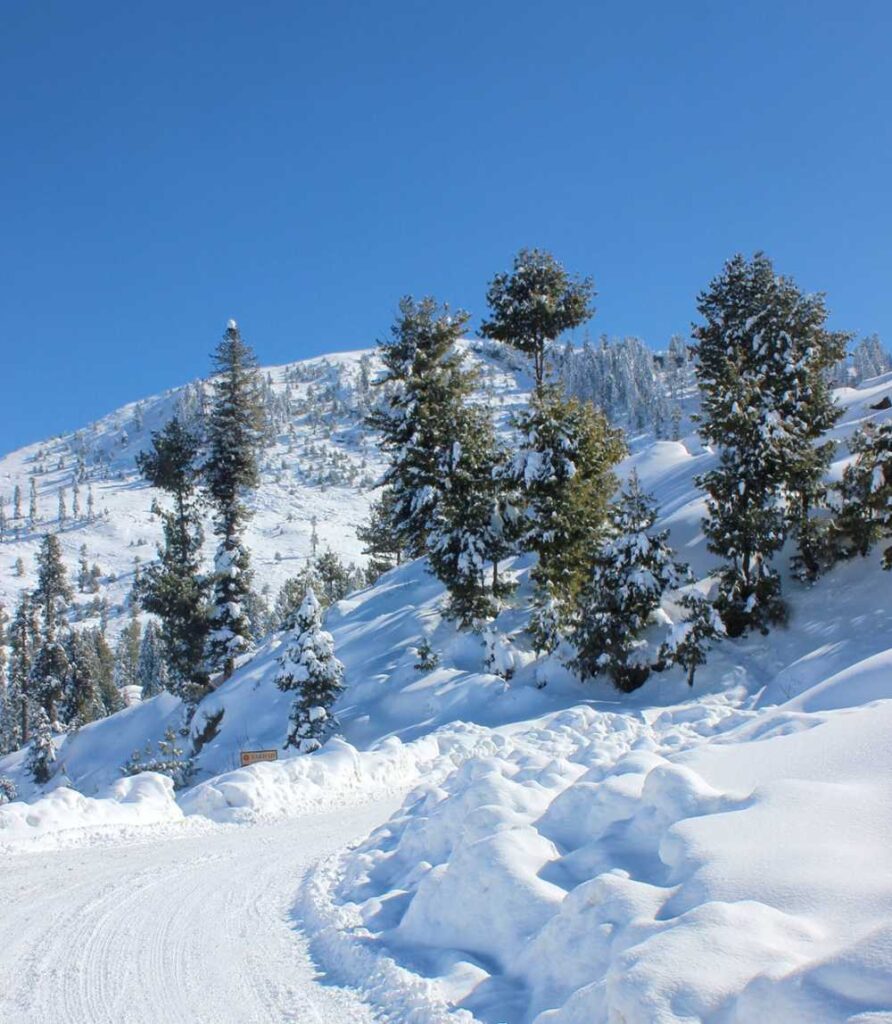
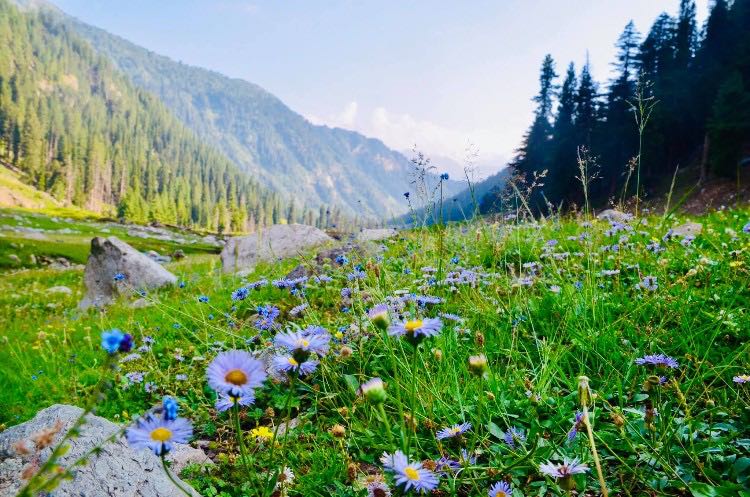
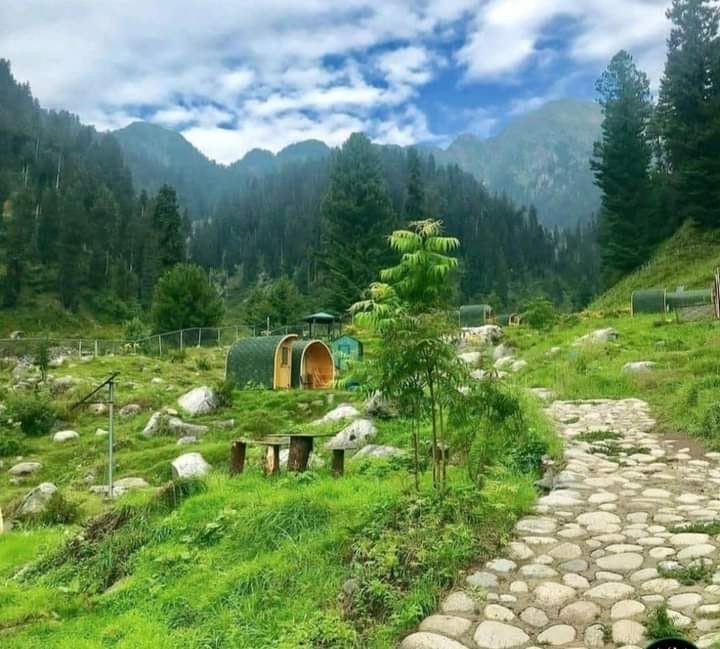
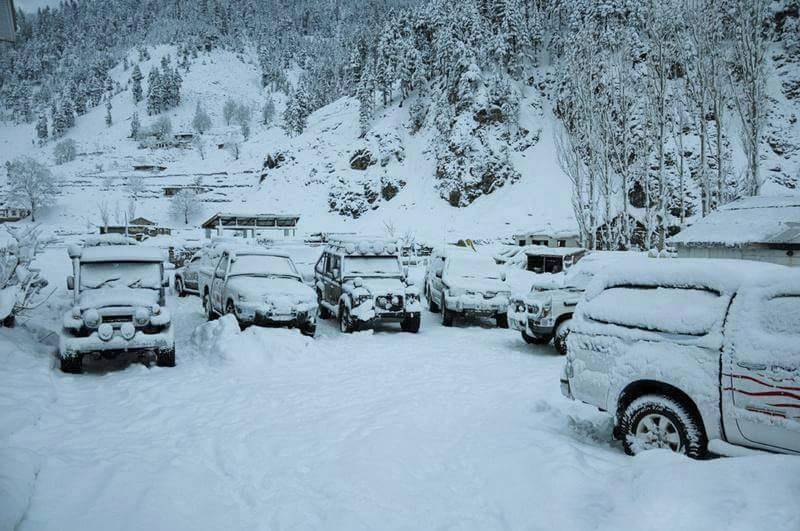
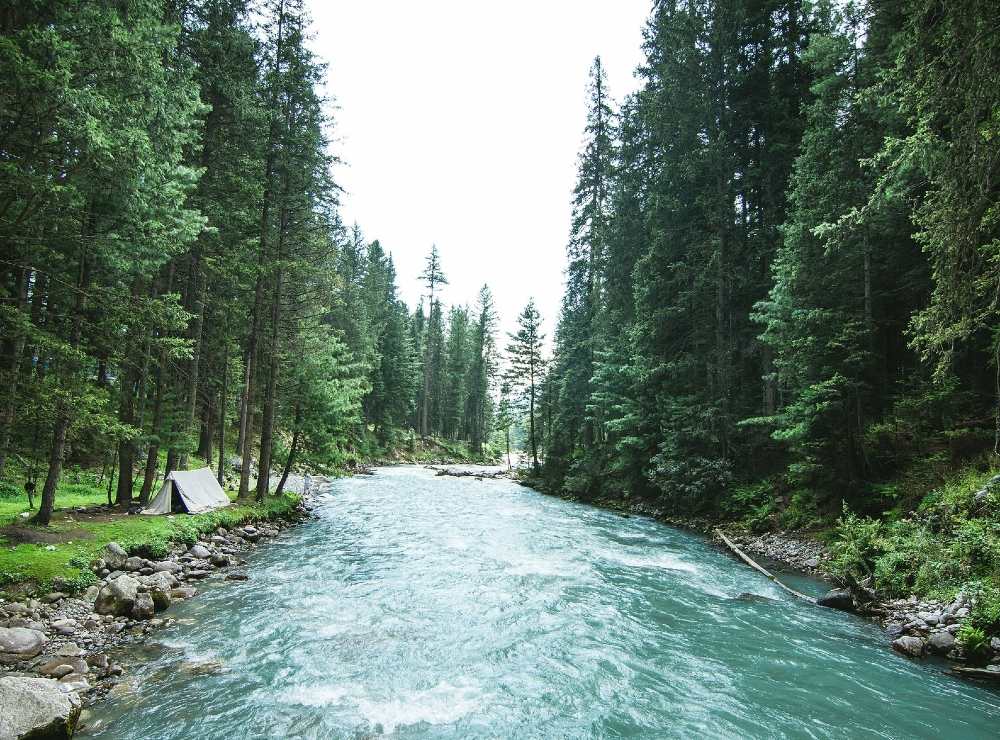
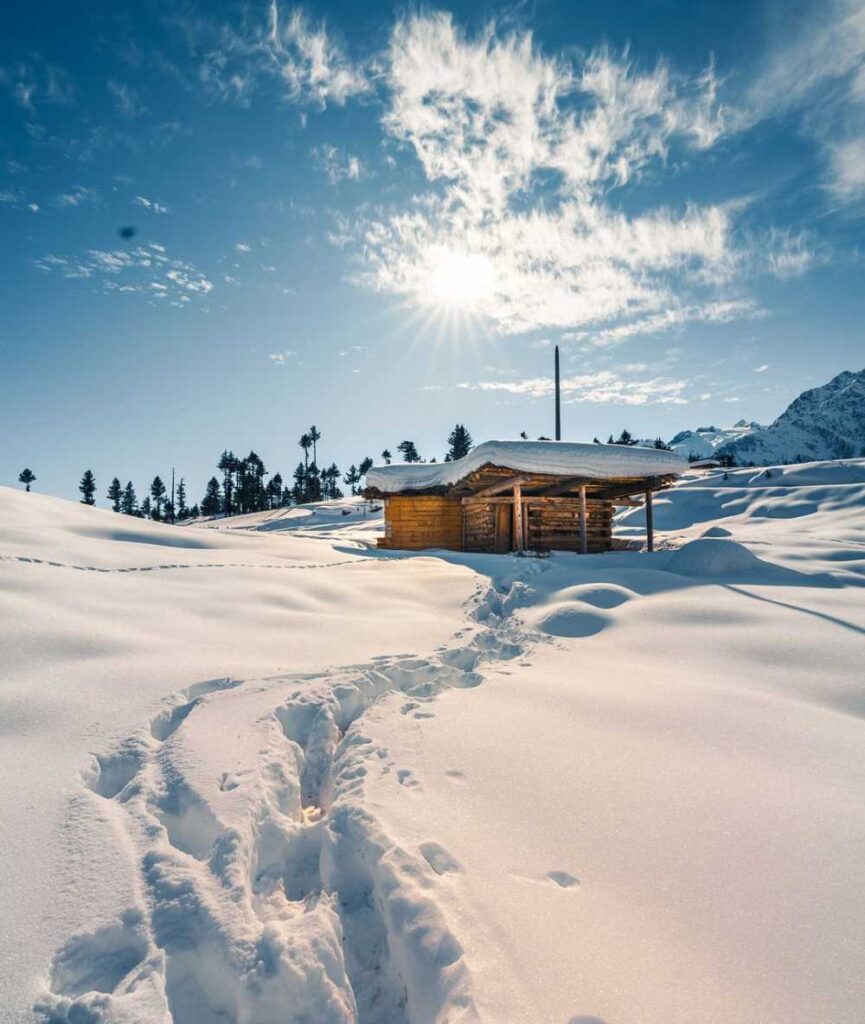
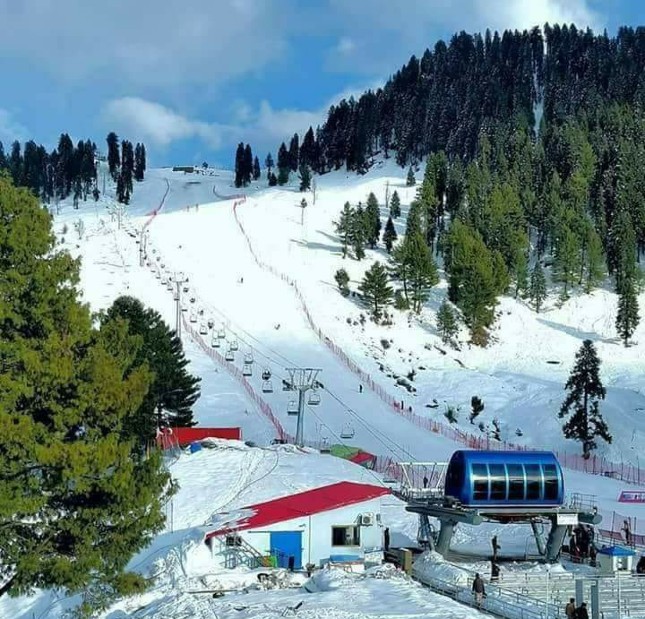
I’ve had the privilege of experiencing Swat’s weather firsthand, and it’s an ever-changing masterpiece. The monsoons bring a refreshing change, and autumn’s crisp air and falling leaves create a serene ambiance. Winter’s snow-covered landscapes have provided me with moments of pure awe. Swat’s weather is like a friend who shares its stories through rain, sunshine, and snow. It’s a connection that has enriched my travels and allowed me to truly appreciate the magic of nature.
Having personally witnessed Swat’s weather, I can say that it’s a true marvel. Monsoon rains bring a unique freshness, making everything come alive. Autumn’s golden hues cast a soothing spell, and when winter sets in, it’s as if the valley is wrapped in a soft white blanket. I’ve found solace in the serene cold of winter and felt the rejuvenating power of spring. Swat’s weather has enriched my travels and left me with memories that I’ll cherish forever.